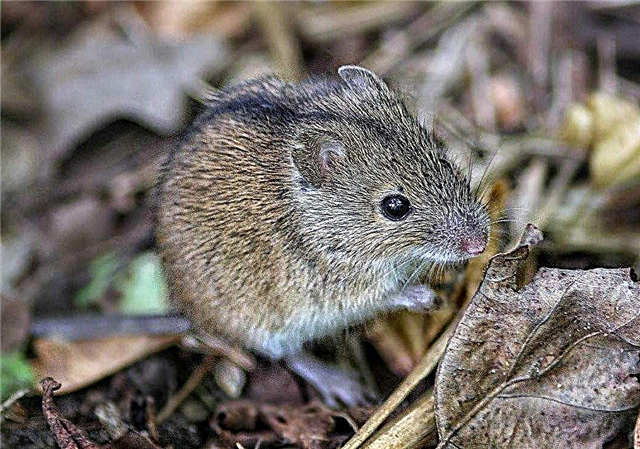Lichens have been known since ancient times. Even the great Theophrastus, who is considered the "father of botany", described two types of lichens - rochella and have time. Already in those years, they were actively used for the production of dyes and aromatic substances. True, at that time, lichens were often called either mosses, or algae, or "natural chaos."
After that, for a long time, scientists had to classify lichens as lower plants, and only recently have they been classified as a separate species, which now numbers more than 25840 different representatives. The exact number of such species is currently unknown, but more and more new species appear every year.
Scientists are conducting research on lichens, and they were able to establish that such vegetation is capable of living in both acidic and alkaline environments. More important is the fact that lichens can live for more than 15 days without air and outside our atmosphere.

1. All varieties of lichens are colonies that are symbiotic with algae, fungi, and cyanobacteria.
2. Lichens are also obtained in laboratory conditions. To do this, simply cross a suitable type of fungus with bacteria and algae.
3. The word "lichen" is due to the visual similarity of these organisms to a skin disorder referred to as "lichen".
4. The growth rate of each lichen species is small: less than 1 cm per year. Those lichens that grow in cold climates rarely grow more than 3-5 mm per year.
5. Of the most famous varieties of mushrooms, lichens are formed by about 20 percent. The number of algae that lichens recreate is even smaller. More than half of all lichens in their own composition have the unicellular green alga trebuxia.
6. Many lichens become animal feed. This is especially true in the north.
7. Lichens are capable of falling into a lifeless state without water, but when they receive water, they begin to be active again. Situations when such vegetation came to life after being inactive for 42 years are considered known.

8. As it was established by paleontologists, lichens appeared on our planet long before the existence of the first dinosaurs. The oldest fossil of this type was 415 million years old.
9. Lichens grow at a rather slow pace, but they live long. They are able to live for hundreds and sometimes thousands of years. Lichens are one of the longest-lived organisms.
10. Lichens have no roots, but they are strongly enough attached to the substrate by special outgrowths located at the bottom of the thallus.
11. Lichens are considered bioindicator organisms. They grow only in ecologically clean areas, and therefore you will not meet them in huge metropolitan areas and industrial places.
12. There are varieties of lichens that are used as a dye.
13. In honor of 44 US President Barack Obama, a new type of lichen was named. It was discovered in 2007 during a scientific research in California. It was the first vegetation on earth to be named after the president.

14. Scientists have been able to prove that lichen contains amino acids that are essential for the human body.
15. The medicinal properties of lichens have been known since antiquity. Already in ancient Greece, they were used in the treatment of pulmonary diseases.
16. The ancient Egyptians had to use lichens to fill the body cavities of the mummy.
17. Of all the lichens growing on the territory of our state, about 40 species were included in the Red Book.
18. Lichens are the first to settle on various substrates and initiate soil formation, paving the way for the rest of the vegetation.
19. Photosynthesis in alpine lichen does not stop even at an air temperature of -5 ° C, and the photosynthetic apparatus of their dry thalli is preserved without disturbance at a temperature of 100 ° C.
20. By the type of nutrition, lichens are considered auto-heterotrophs. They can simultaneously store solar energy and decompose mineral and organic components.









